Home>Garden Essentials>How To Grow Ghost Pepper Seeds
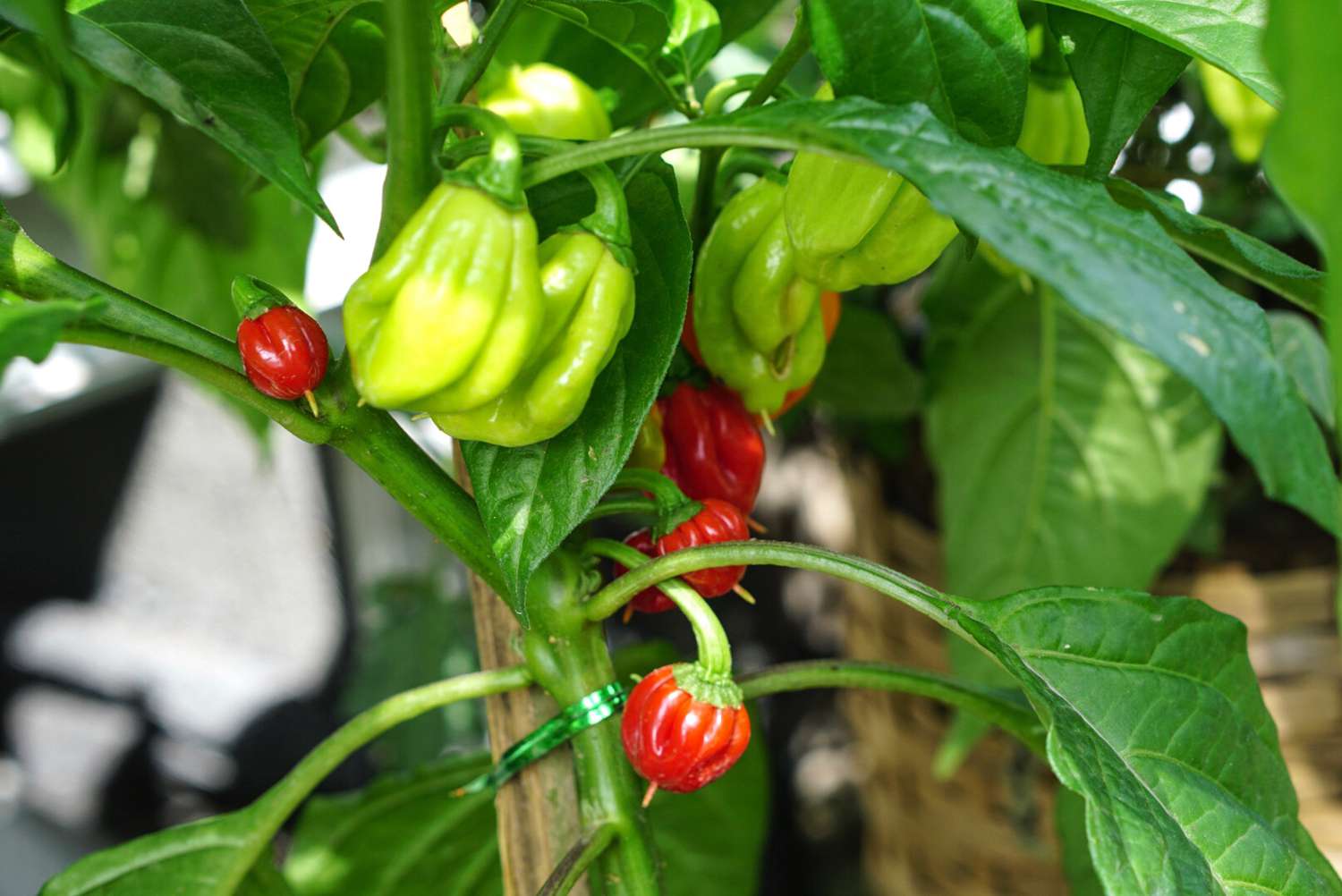

Garden Essentials
How To Grow Ghost Pepper Seeds
Modified: October 20, 2024
Discover the secrets of growing ghost pepper seeds in your garden and spice up your cooking with these fiery delights. Learn how to nurture and harvest these hot peppers from experts.
(Many of the links in this article redirect to a specific reviewed product. Your purchase of these products through affiliate links helps to generate commission for Storables.com, at no extra cost. Learn more)
Introduction
Welcome to the world of growing ghost peppers! If you’re a fan of spicy food and want to experience the heat of one of the hottest peppers in the world, then growing ghost pepper seeds is the perfect adventure for you.
Also known as Bhut Jolokia, ghost peppers hold the Guinness World Record for being one of the hottest chili peppers on the Scoville scale. With a rating of over 1 million Scoville Heat Units (SHU), these fiery peppers are not for the faint of heart. But with the right knowledge and care, you can successfully grow ghost peppers and enjoy their intense heat in your own backyard.
In this guide, we will walk you through the step-by-step process of growing ghost peppers from seeds. From choosing the right seeds to providing optimal growing conditions, we’ll cover everything you need to know to ensure a successful harvest.
So, roll up your sleeves, grab your gardening tools, and let’s dive into the world of growing ghost pepper seeds!
Key Takeaways:
- Growing ghost peppers requires choosing the right seeds, preparing well-draining soil, and providing optimal conditions for sunlight, temperature, and air circulation. Proper care leads to a bountiful harvest of fiery peppers.
- Harvesting ghost peppers involves waiting for full ripeness, wearing gloves for handling, and exploring preservation methods like drying or pickling. Storing seeds in a cool, dark place ensures future plantings.
Read more: How To Store Ghost Peppers
Choosing the Right Ghost Pepper Seeds
When it comes to growing ghost peppers, selecting the right seeds is crucial. Here are a few key factors to consider when choosing your ghost pepper seeds:
- Quality: Look for reputable seed suppliers or nurseries that offer high-quality ghost pepper seeds. Ensure that the seeds are fresh and have a high germination rate.
- Variety: There are different varieties of ghost peppers available, each with its own unique flavor profile and heat level. Decide whether you want to grow the classic red Bhut Jolokia, the chocolate Bhut Jolokia, or other hybrid varieties.
- Heat Level: Ghost peppers are notorious for their extreme heat, but there can be variations in heat levels among different strains. If you prefer a milder heat, look for seeds of ghost pepper strains that have been bred to be slightly less intense.
- Origin: Ghost peppers are native to Northeast India, so look for seeds that come from this region for authentic Bhut Jolokia peppers. Seeds sourced from different regions may produce peppers with slightly different characteristics.
- Organic and Non-GMO: If you prefer organic gardening methods and want to avoid genetically modified organisms (GMOs), choose organic and non-GMO ghost pepper seeds.
Once you have chosen the right ghost pepper seeds, it’s time to prepare the soil and create a favorable environment for their growth. Let’s move on to the next step – preparing the soil.
Preparing the Soil
Creating the right soil conditions is crucial for the successful growth of ghost peppers. Here are the steps to prepare the soil:
- Choose a Well-Draining Soil: Ghost peppers thrive in well-draining soil that retains enough moisture but prevents waterlogging. Avoid heavy clay soils as they can lead to root rot. Sandy loam or loamy soil is an excellent choice for ghost pepper plants.
- Test the Soil pH: Ghost peppers prefer slightly acidic soil with a pH range between 5.5 and 6.5. Use a soil testing kit to determine the pH level of your soil. If the pH is too high, you can lower it by adding organic matter like compost or well-rotted manure. For alkaline soils, you can amend it with sulfur or peat moss.
- Amend the Soil: Before planting, enrich the soil with organic matter to improve its fertility and nutrient content. Add well-rotted compost, aged manure, or organic fertilizers to provide a nutrient-rich environment for the plants.
- Remove Weeds and Debris: Clear the planting area of any weeds, rocks, or debris that may hinder the growth of your ghost pepper plants. Weeds can be a source of competition for nutrients and water, so it’s essential to keep the area weed-free.
- Till the Soil: Use a garden fork or a tiller to loosen the soil and create a smooth and crumbly texture. This will improve aeration and allow the roots to penetrate easily.
- Consider Raised Beds: If you have heavy clay soil or poor drainage, consider building raised beds for your ghost pepper plants. Raised beds provide better control over soil conditions and allow excess moisture to drain away more efficiently.
Once you have prepared the soil, it’s time to move on to the next step – planting ghost pepper seeds. We’ll cover this in detail in the next section.
Planting Ghost Pepper Seeds
Now that you have prepared the soil, it’s time to plant your ghost pepper seeds. Follow these steps for successful planting:
- Sow Indoors or Outdoors: Ghost pepper seeds can be started indoors or directly sown outdoors, depending on your climate and growing season. If you have a short growing season, it’s recommended to start the seeds indoors to give them a head start.
- Start Seeds Indoors: Fill seed trays or small pots with a good quality seed starting mix. Moisten the mix slightly, then plant the ghost pepper seeds about ¼ inch deep. Place the trays or pots in a warm location or use a seed starting heat mat to encourage germination.
- Provide Adequate Light: Once the seedlings emerge, place them in a location where they will receive plenty of light. You can use grow lights or place them by a sunny window. Aim for at least 12-16 hours of light per day to promote strong and healthy growth.
- Harden Off Seedlings (if starting indoors): Before transplanting the seedlings outdoors, it’s important to gradually expose them to outdoor conditions. This process, known as hardening off, helps the seedlings adjust to temperature fluctuations and intense sunlight. Start by placing the seedlings outdoors for a few hours a day, gradually increasing the time over the course of a week.
- Transplant Outdoors (if starting indoors): Once the danger of frost has passed and the seedlings have been hardened off, it’s time to transplant them into the garden. Choose a sunny location with well-draining soil and enough space for the mature plants to grow.
- Direct Sow Outdoors (if applicable): If you have a long growing season or live in a warm climate, you can directly sow ghost pepper seeds outdoors. Wait until all danger of frost has passed and the soil temperature has reached around 70°F (21°C) before planting.
- Spacing and Depth: Whether transplanting or direct sowing, space the ghost pepper plants about 18-24 inches apart to allow for adequate airflow and prevent overcrowding. Plant the seeds or seedlings at a depth of ¼ inch to ½ inch.
- Water and Mulch: After planting, water the soil thoroughly but gently to avoid displacing the seeds or disturbing the seedlings. Apply a layer of mulch around the base of the plants to help retain moisture and suppress weed growth.
- Monitor and Care: Keep an eye on your ghost pepper plants, watering them regularly and providing supplementary support (such as stakes or cages) as they grow taller. As the plants develop, we’ll discuss how to provide optimal growing conditions in the next section.
With the seeds planted and the seedlings starting to grow, it’s time to focus on providing the perfect growing conditions for your ghost pepper plants. We’ll explore this further in the next section.
Providing Optimal Growing Conditions
To ensure the healthy growth and development of your ghost pepper plants, it’s essential to provide them with optimal growing conditions. Here are some key factors to consider:
- Sunlight: Ghost peppers thrive in full sun, so make sure they receive at least 6-8 hours of direct sunlight each day. If you’re growing them indoors, use grow lights to provide them with the necessary light intensity.
- Temperature: Ghost peppers are tropical plants and prefer warm temperatures. They thrive in temperatures between 70°F and 85°F (21°C to 29°C) during the day and around 10°F (6°C) cooler at night. Protect your plants from frost and cold temperatures as they are sensitive to extreme cold.
- Air Circulation: Good air circulation is crucial to prevent the development of fungal diseases and provide the plants with fresh air. Proper spacing between plants and removing any overcrowded foliage will help promote better airflow.
- Soil Moisture: Ghost peppers require consistent moisture to grow, but they don’t like overly wet soil. Water the plants deeply when the top inch of soil feels dry, but avoid overwatering that leads to waterlogged soil. Mulching around the plants will help retain moisture and regulate soil temperature.
- Humidity: Ghost peppers prefer moderate to high humidity levels. If you live in a dry climate or have low humidity indoors, you can increase humidity by misting the plants or placing a tray of water near them.
- Support and Pruning: As your ghost pepper plants grow taller and start producing fruits, they may require support to prevent branches from breaking under the weight. Use stakes, trellises, or cages to provide support to the plants. Prune away any damaged or diseased branches to maintain plant health.
- Feeding: Ghost peppers benefit from regular feeding with a balanced fertilizer. Apply a slow-release fertilizer or a diluted liquid fertilizer every few weeks during the growing season. Avoid over-fertilization, as it can lead to excessive foliage growth at the expense of fruit production.
- Companion Planting: Consider planting companion plants such as basil, marigolds, or oregano near your ghost pepper plants. These plants can help deter pests and attract beneficial insects to the garden.
By creating the right growing conditions, you can ensure the vigorous growth and maximum fruit production of your ghost pepper plants. In the next section, we’ll discuss watering, fertilizing, pruning, and supporting your plants to maintain their health and productivity.
Read more: How To Grow Peppers From Seed
Watering and Fertilizing
Proper watering and fertilizing practices are essential for the healthy growth and productivity of ghost pepper plants. Here’s how to ensure they receive adequate moisture and essential nutrients:
Watering:
- Ghost peppers require regular watering to maintain even soil moisture. Water deeply, ensuring the water reaches the root zone.
- Check the top inch of soil and water when it feels dry. Avoid overwatering, as it can lead to root rot and other fungal diseases.
- Water in the morning or early afternoon to allow the foliage to dry before evening, reducing the risk of fungal infections.
- Use a drip irrigation system or a soaker hose to deliver water directly to the soil and minimize moisture on the foliage.
- During hot and dry periods, you may need to increase the frequency of watering to prevent drought stress.
Fertilizing:
- Ghost peppers are heavy feeders and benefit from regular fertilization.
- Before planting, incorporate well-rotted compost or organic matter into the soil to improve its fertility.
- Apply a balanced slow-release fertilizer, following the package instructions, at the time of planting.
- As the plants grow, use a balanced liquid fertilizer every two to four weeks during the growing season.
- Avoid applying excessive amounts of fertilizer, as it can lead to lush foliage growth but reduced fruit production.
- Monitor the plants for any signs of nutrient deficiencies, such as yellowing leaves or stunted growth, and adjust your fertilization accordingly.
It’s important to note that the specific watering and fertilizing requirements may vary depending on your climate, soil type, and the specific needs of your ghost pepper plants. Regularly monitor your plants and adjust your practices based on their response.
In the next section, we’ll delve into pruning and supporting ghost pepper plants to maintain their shape and productivity.
Plant ghost pepper seeds in well-draining soil, keep them warm and moist, and provide plenty of sunlight. Transplant seedlings to larger pots as they grow.
Pruning and Supporting the Plants
Pruning and supporting your ghost pepper plants are important tasks that help maintain their shape, prevent diseases, and support heavy fruit production. Follow these guidelines for effective pruning and support:
Pruning:
- Regularly inspect your ghost pepper plants and prune away any damaged, diseased, or dead branches. This will prevent the spread of diseases and provide better airflow to the plants.
- Remove any suckers or side shoots that emerge from the base of the plant or between the main stem and branches. This will help channel more energy into fruit production.
- Trim back excessive foliage that blocks sunlight from reaching the lower parts of the plant. This promotes better airflow and helps prevent the development of fungal diseases.
- Prune selectively to maintain the desired shape and size of the plant, keeping in mind that some branching can provide support for heavy fruit.
- Use clean and sharp pruners or shears to make clean cuts and minimize damage to the plant.
Supporting:
- Ghost pepper plants can become top-heavy when laden with fruits. Provide support to prevent branches from breaking under the weight.
- Use stakes, cages, or trellises to support the plants. Place the support structures in the ground early in the growing season to avoid damaging the roots later on.
- As the plants grow taller, gently tie the branches to the supports using soft plant ties or twine. Avoid tying them too tightly to prevent damage to the stems.
- Regularly check the plants and adjust the support as needed throughout the growing season.
Pruning and supporting your ghost pepper plants not only ensures their health and productivity but also helps create an organized and manageable garden space. In the next section, we’ll discuss how to manage common pest and disease issues that may arise during the growing season.
Managing Pest and Disease Issues
While growing ghost peppers can be rewarding, it’s important to be prepared for potential pest and disease issues that can affect the plants. Here are some common problems and strategies for managing them:
Pest Control:
- Aphids: These small insects feed on the sap of the plants and can cause stunted growth. Control aphids by spraying a solution of water and mild dish soap, or use insecticidal soap.
- Spider Mites: These tiny pests can cause yellowing leaves and webbing on the plants. Spray the plants with a strong jet of water to dislodge them or use insecticidal soap specifically for spider mites.
- Thrips: Thrips are small, winged insects that feed on the leaves, causing silver or bronze streaks. Use insecticidal soap or neem oil to control thrips.
- Caterpillars: Look out for caterpillars like the tomato hornworm or the pepper maggot, which can chew on the foliage and fruits. Handpick the caterpillars or use an organic insecticide suitable for edible plants.
- Slugs and Snails: These slimy pests can chew holes in the leaves and fruits. Use traps, diatomaceous earth, or copper tape to protect the plants.
Disease Management:
- Fungal Diseases: Ghost peppers are susceptible to diseases like powdery mildew and fungal rot. Maintain proper air circulation, avoid overhead watering, and remove affected leaves or fruits promptly to prevent the spread of fungi. Apply fungicides labeled for edible crops if necessary.
- Bacterial Diseases: Bacterial spots and blights can affect ghost peppers. Remove infected plant parts and avoid overhead watering to minimize bacterial spread. Copper-based sprays can be used as a preventive measure.
- Viral Diseases: Viral diseases can cause stunted growth, mottled leaves, or distorted fruits. There is no cure for viral diseases, so prevention is crucial. Avoid planting near infected plants and practice good sanitation in the garden.
Regularly monitor your ghost pepper plants for any signs of pests or diseases. Early detection and action can help prevent major infestations and minimize damage. Remember to always follow the instructions on any pesticide or fungicide products and consider organic and environmentally friendly options whenever possible.
With proper pest and disease management, your ghost pepper plants will be healthier and better able to produce a bountiful harvest. In the next section, we’ll explore the exciting process of harvesting ghost peppers.
Harvesting Ghost Peppers
Harvesting ghost peppers is an exciting and rewarding part of growing these fiery peppers. Here’s when and how to harvest your ghost peppers:
Timing:
- Ghost peppers typically take around 90 to 120 days from the time of planting to reach maturity. Refer to the seed packet or variety information for specific maturity dates.
- Ghost peppers are ready to be harvested when they have fully ripened and developed their characteristic color. For the classic red Bhut Jolokia, the peppers will turn from green to a vibrant red when fully mature. Other varieties may have different color variations, such as chocolate or yellow.
- Allow some peppers to fully ripen on the plant if you prefer a stronger heat level. However, you can also harvest them when they start showing their mature color and still enjoy their intense flavor and heat.
Harvesting Method:
- Wear gloves when handling ghost peppers, as their heat can cause skin irritation or burning sensations.
- Using a sharp pair of pruners or scissors, carefully cut the stem of the pepper about ½ inch above the calyx (the green, leafy part at the top of the pepper).
- Avoid pulling or twisting the peppers, as this can damage the plant and the remaining fruits.
- Place the harvested peppers carefully in a container to avoid bruising or damaging them.
Post-Harvest Storage:
- Ghost peppers can be used fresh or preserved for later use.
- If using fresh, store the peppers in a cool, dry place or refrigerate them to prolong their shelf life.
- To preserve your ghost peppers, you can try methods such as drying them, pickling them, or making hot pepper sauce. Explore different preservation techniques to enjoy the heat of ghost peppers throughout the year.
Remember, ghost peppers are incredibly hot, so handle them with caution and be mindful of their intensity when using them in your culinary creations.
With your ghost peppers harvested, it’s time to celebrate your successful growing journey. In the final section, we’ll discuss a few tips for storing ghost pepper seeds for future plantings.
Read more: How To Grow Bell Pepper From Seeds
Storing Ghost Pepper Seeds
Preserving the viability of ghost pepper seeds is vital for future plantings and continued gardening success. Follow these steps to store your ghost pepper seeds properly:
Seed Harvesting:
- Allow a few fully ripe ghost peppers to remain on the plant until they start to wrinkle and dry out. These peppers will have mature seeds inside.
- Carefully cut open the peppers and remove the seeds. Ghost pepper seeds are small and may be surrounded by a gel-like substance. Remove the gel by washing the seeds under cool water.
- Spread the seeds out on a clean paper towel or a fine mesh screen to air dry. Place them in a warm and well-ventilated area to ensure thorough drying. Avoid direct sunlight, as it can damage the seeds.
- Allow the seeds to dry for about one to two weeks, or until they become hard and brittle. You should be able to snap a seed in half without it bending or being soft.
- Once the ghost pepper seeds are completely dry, transfer them to an airtight container, such as a glass jar or airtight plastic bag.
- Add a desiccant packet or a small amount of dry rice to the container to absorb any remaining moisture and help maintain seed viability.
- Label the container with the seed variety and the date of harvest to keep track of its freshness.
- Store the container in a cool and dark place, such as a pantry or refrigerator. The ideal temperature range for seed storage is around 40°F to 50°F (4°C to 10°C).
- Check the stored seeds periodically for any signs of moisture or mold. Discard any seeds that appear moldy or damaged.
By following these storage guidelines, you can preserve the quality and viability of your ghost pepper seeds for several years, ensuring a steady supply of seeds for future plantings.
Congratulations on successfully growing and harvesting your ghost peppers! The journey of growing these fiery peppers is both challenging and rewarding. Now, you can enjoy their intense heat and flavor in your culinary creations.
Remember to always handle ghost peppers with caution, as their heat level can cause skin irritation or burning sensations. Enjoy the experience, experiment with different recipes, and continue to explore the world of gardening with ghost peppers.
Happy growing!
Conclusion
Congratulations on completing this comprehensive guide to growing ghost pepper seeds! By now, you should have a solid understanding of how to start from seeds and nurture ghost pepper plants to a successful harvest. Remember, growing ghost peppers requires patience, attention to detail, and a little bit of bravery to handle their intense heat.
Throughout this guide, we covered several key topics that are essential for your ghost pepper gardening journey. We started by choosing the right ghost pepper seeds, emphasizing the importance of quality, variety, and heat level. Then, we discussed how to prepare the soil, creating a well-draining and nutrient-rich environment for the plants to thrive.
Next, we delved into the process of planting the ghost pepper seeds, whether starting indoors or directly sowing outdoors. We highlighted the significance of providing optimal growing conditions, including sunlight, temperature, air circulation, soil moisture, humidity, and proper support and pruning techniques to maintain plant health and productivity.
We explored methods for managing pests and disease issues, offering strategies for controlling common pests and preventing fungal and bacterial infections. Additionally, we discussed the exciting process of harvesting ghost peppers and provided guidance on the proper storage of ghost pepper seeds for future plantings.
Undoubtedly, growing ghost peppers can be a challenging yet immensely rewarding experience. The satisfaction of successfully cultivating these fiery peppers and enjoying their heat in your culinary creations is unmatched. Whether you prefer using them fresh or preserving them through various methods, ghost peppers are sure to add a fiery kick to any dish.
We hope this guide has empowered you with the knowledge and confidence to embark on your ghost pepper growing journey. Remember to experiment, learn from your experiences, and adapt your gardening practices as needed. Gardening is a continuous learning process, and with each harvest, you will gain valuable insights and expertise.
Thank you for joining us on this adventure into the world of growing ghost peppers. Now, it’s time to roll up your sleeves, grab your gardening tools, and dive into the spicy world of ghost pepper gardening!
Frequently Asked Questions about How To Grow Ghost Pepper Seeds
Was this page helpful?
At Storables.com, we guarantee accurate and reliable information. Our content, validated by Expert Board Contributors, is crafted following stringent Editorial Policies. We're committed to providing you with well-researched, expert-backed insights for all your informational needs.
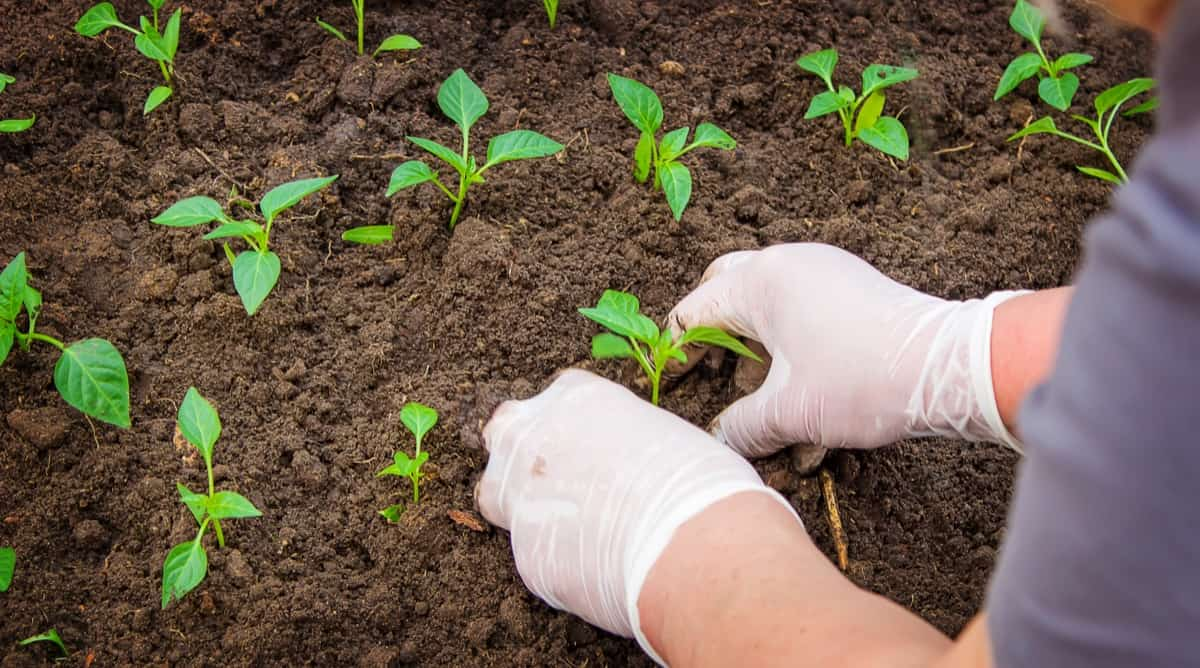
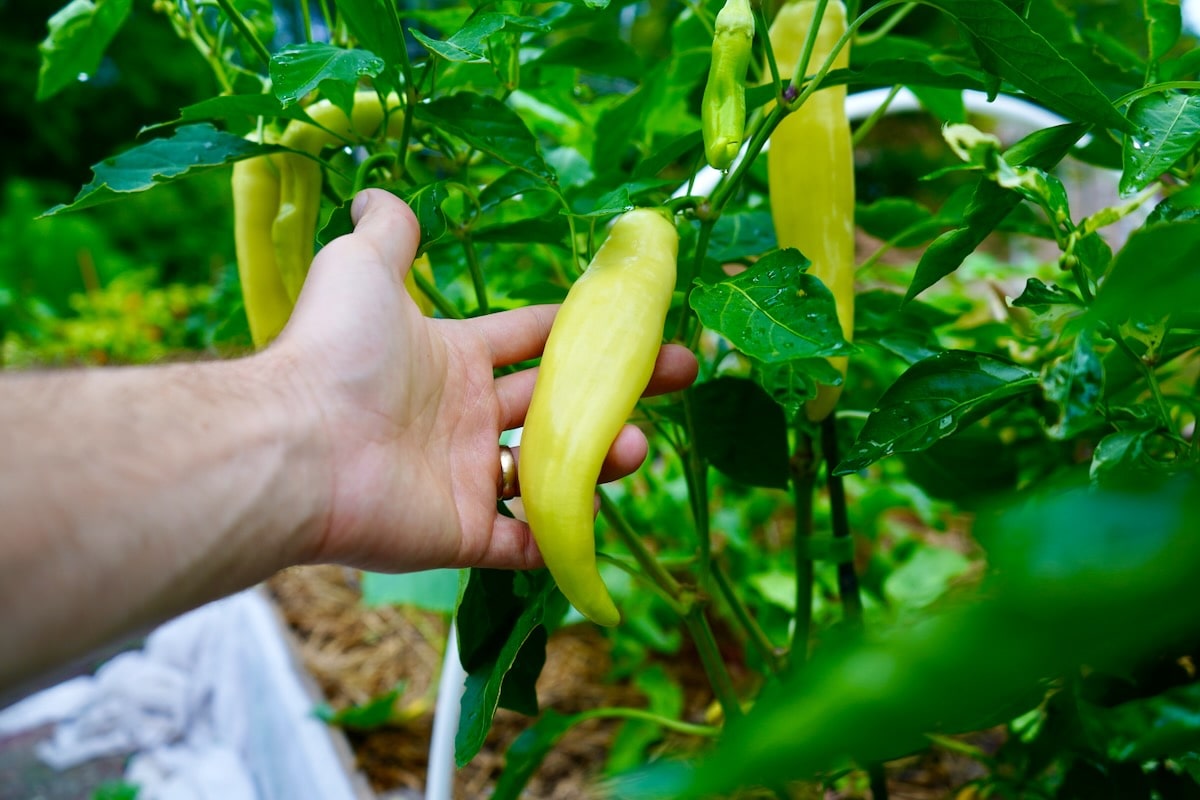
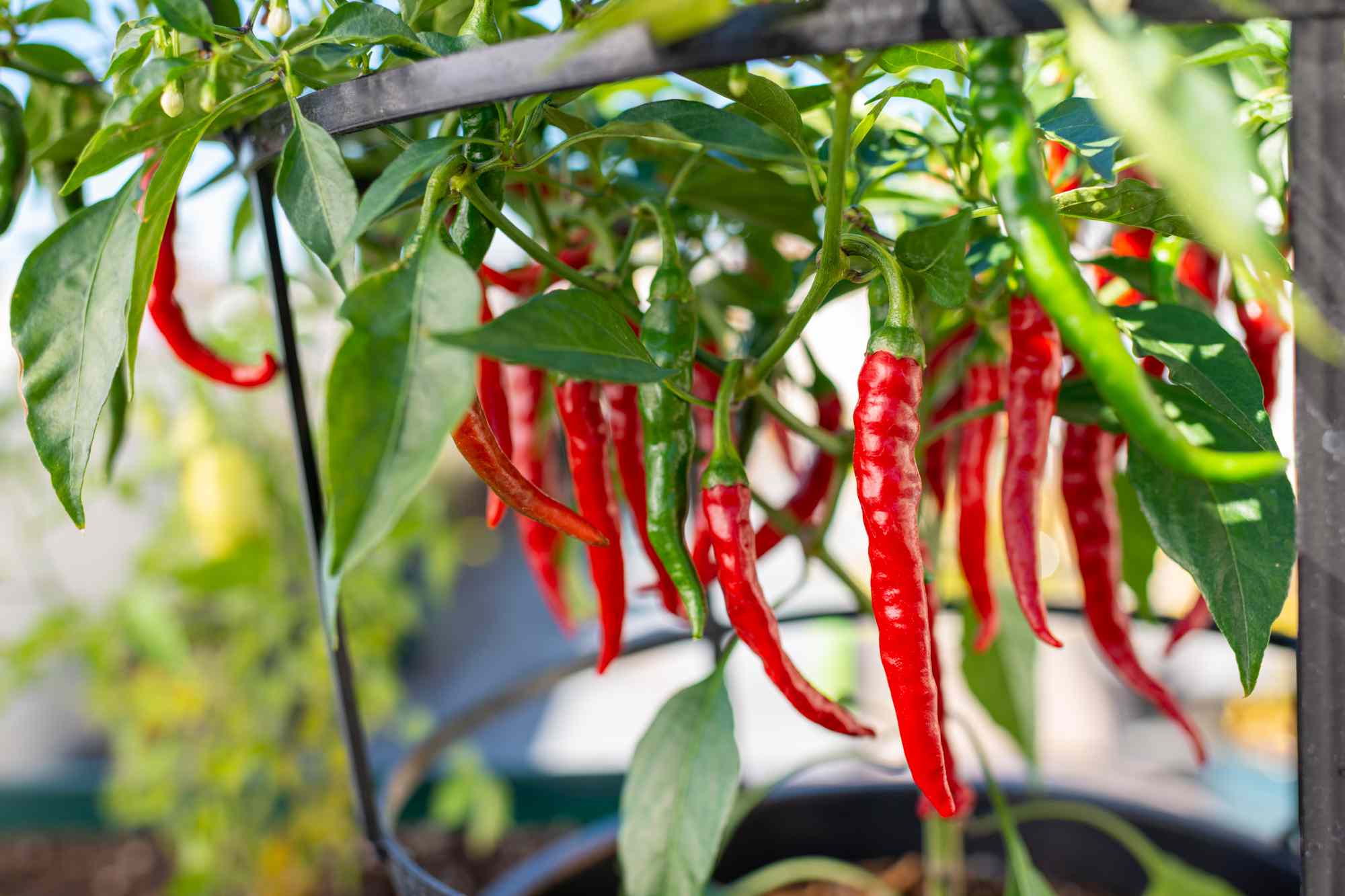

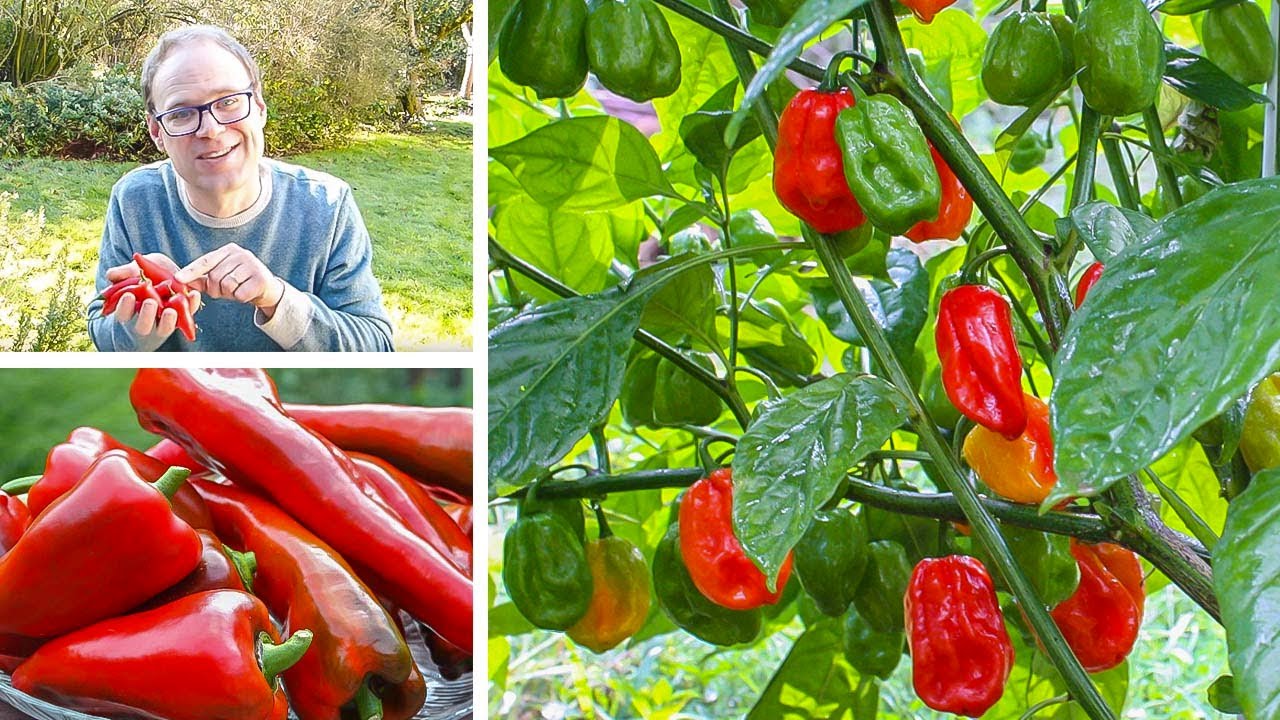
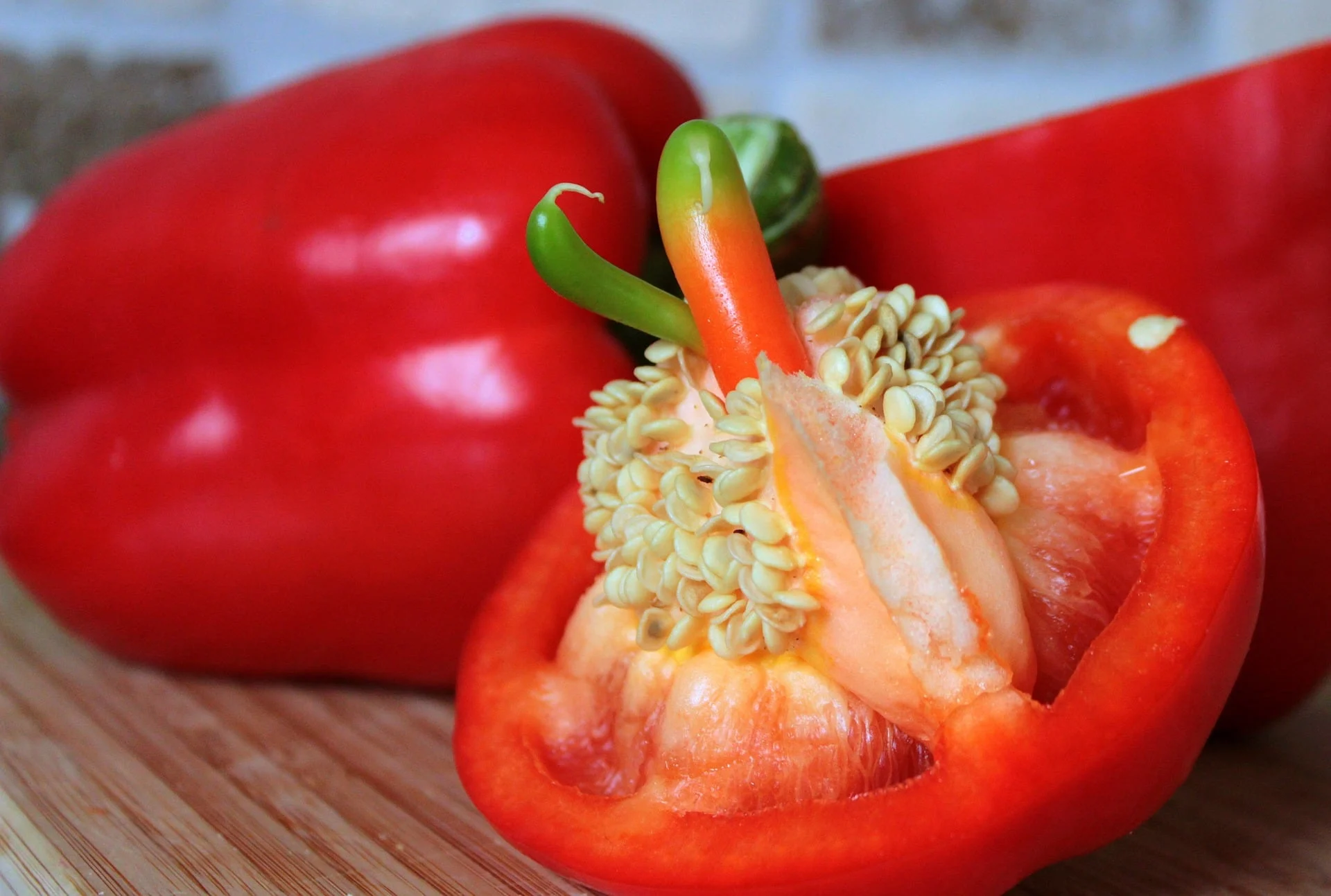
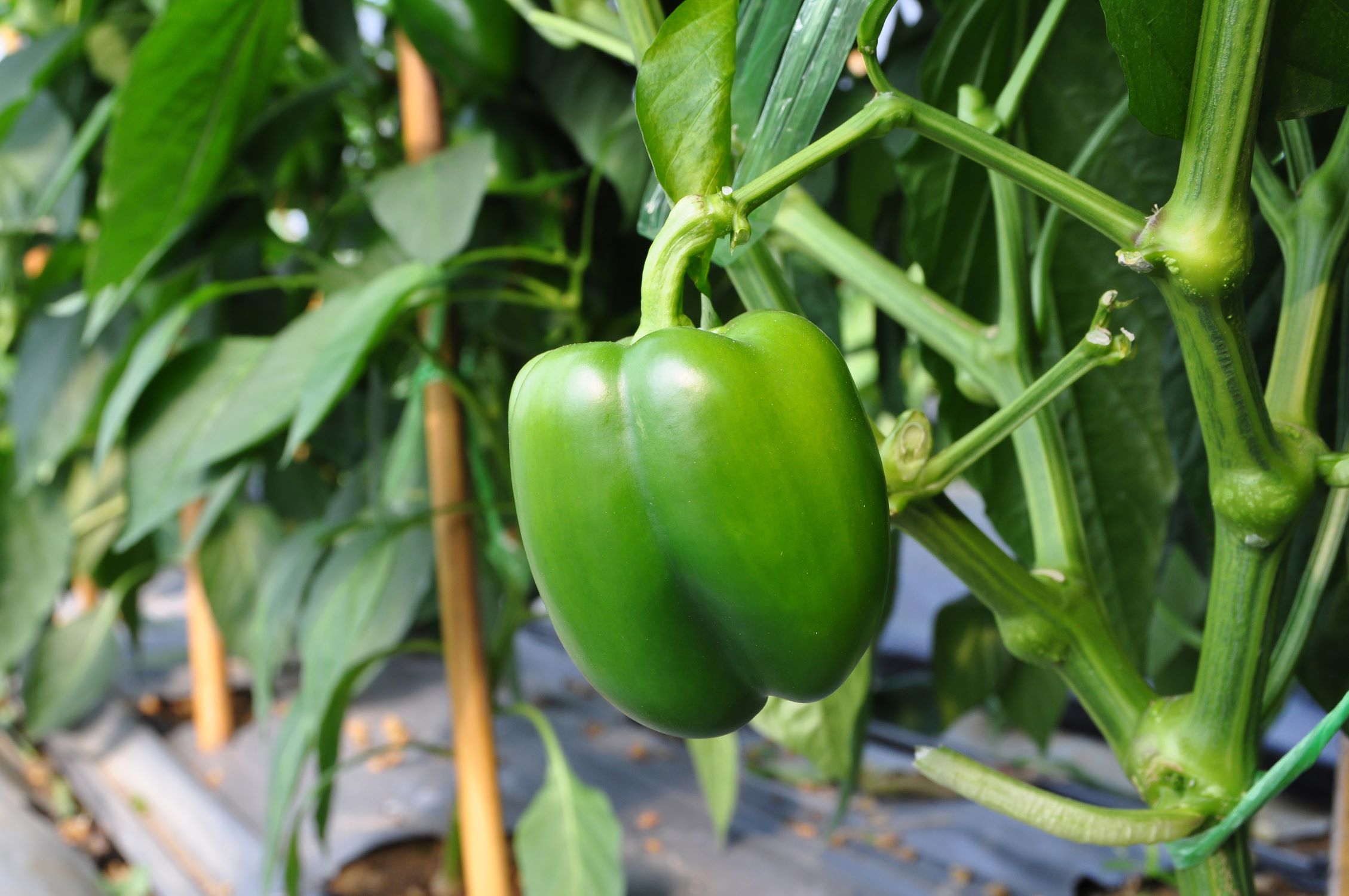
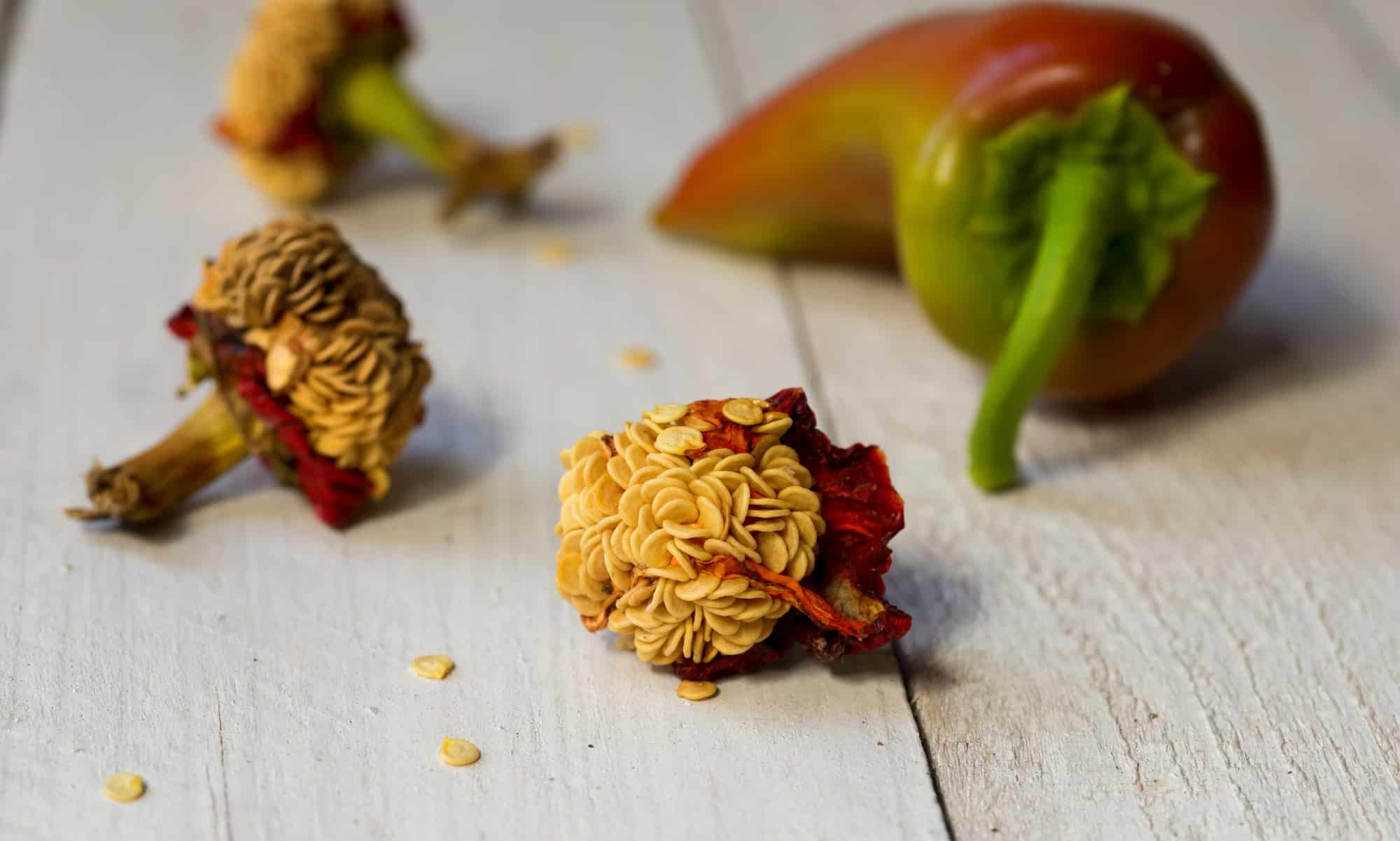
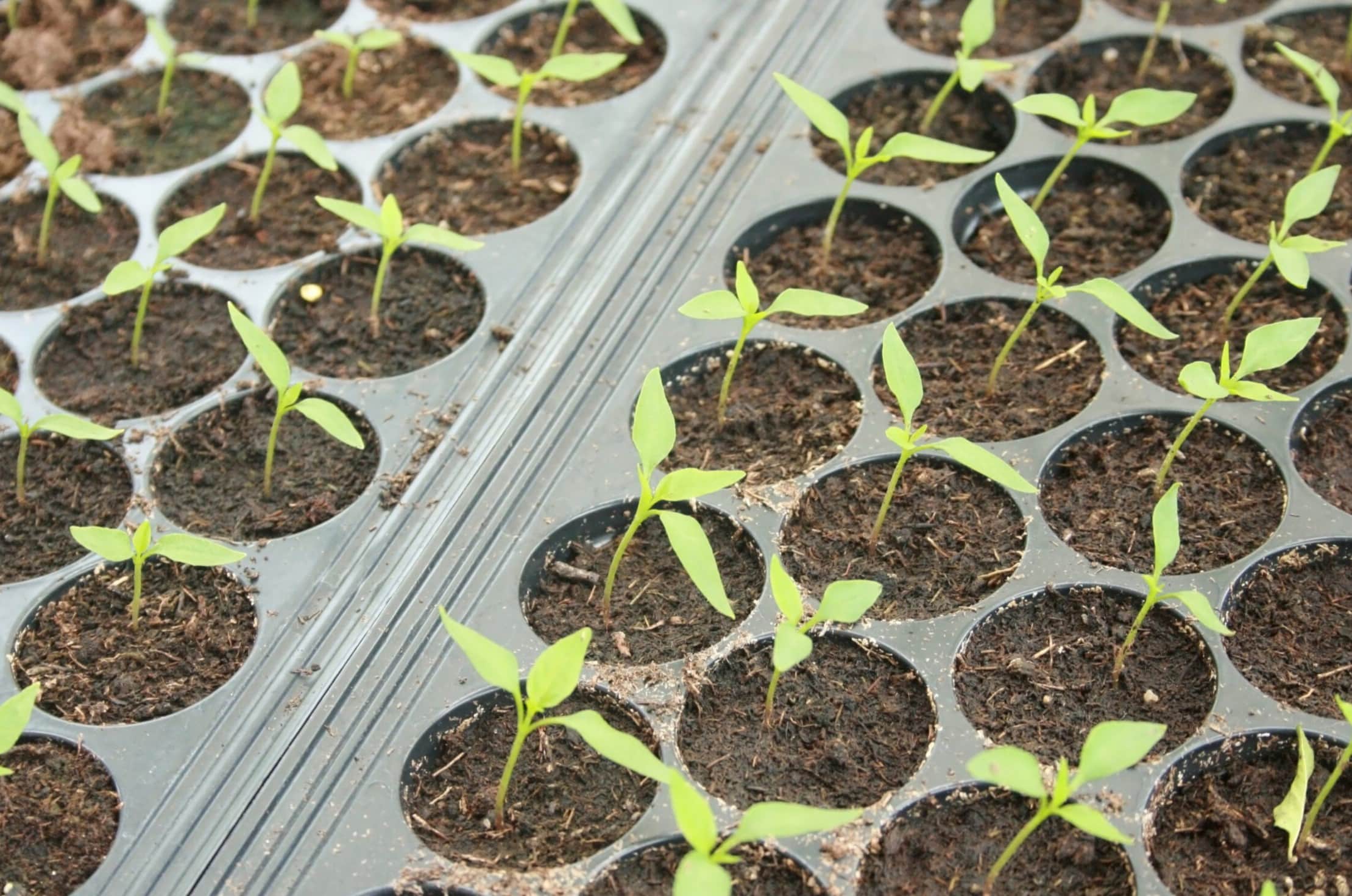
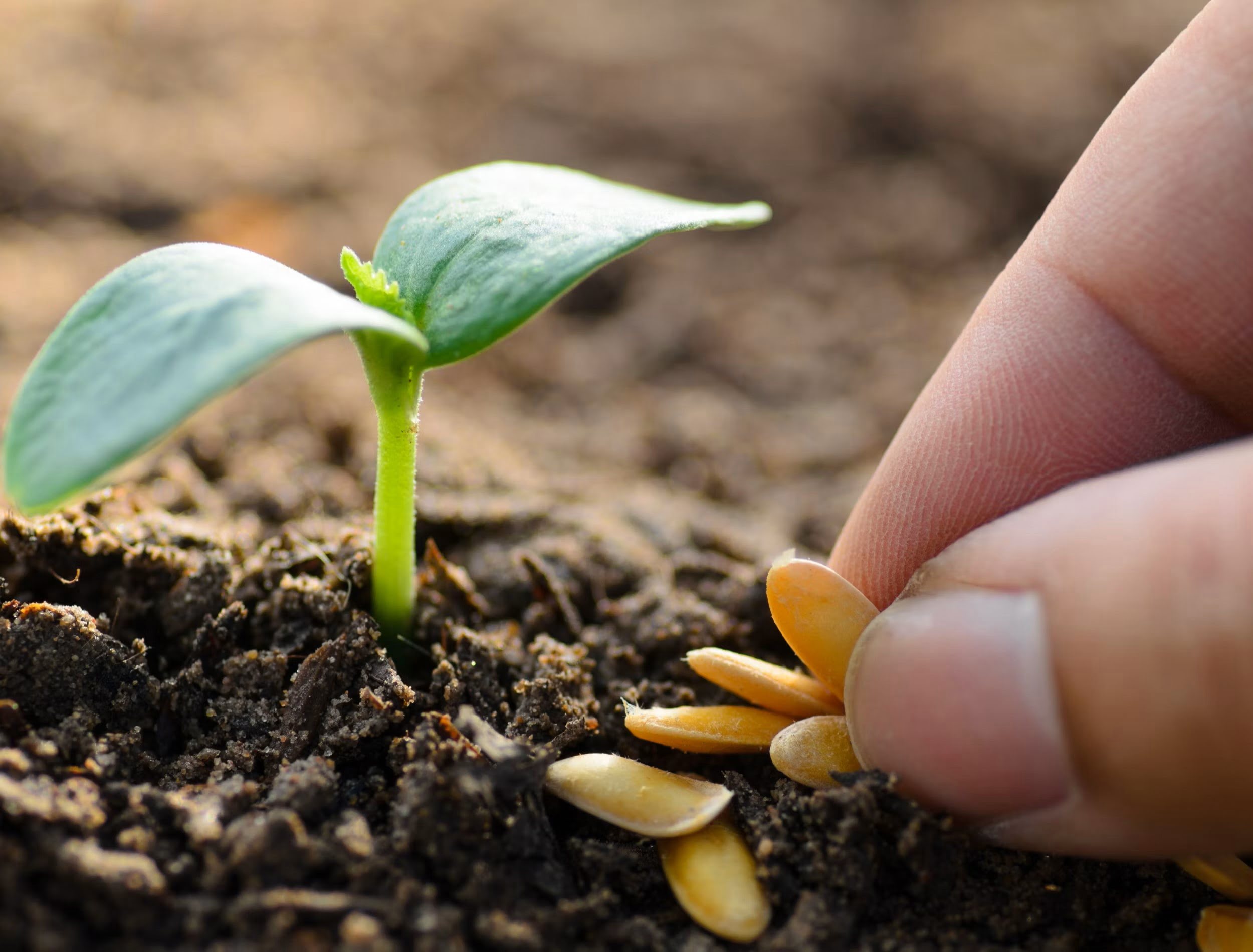
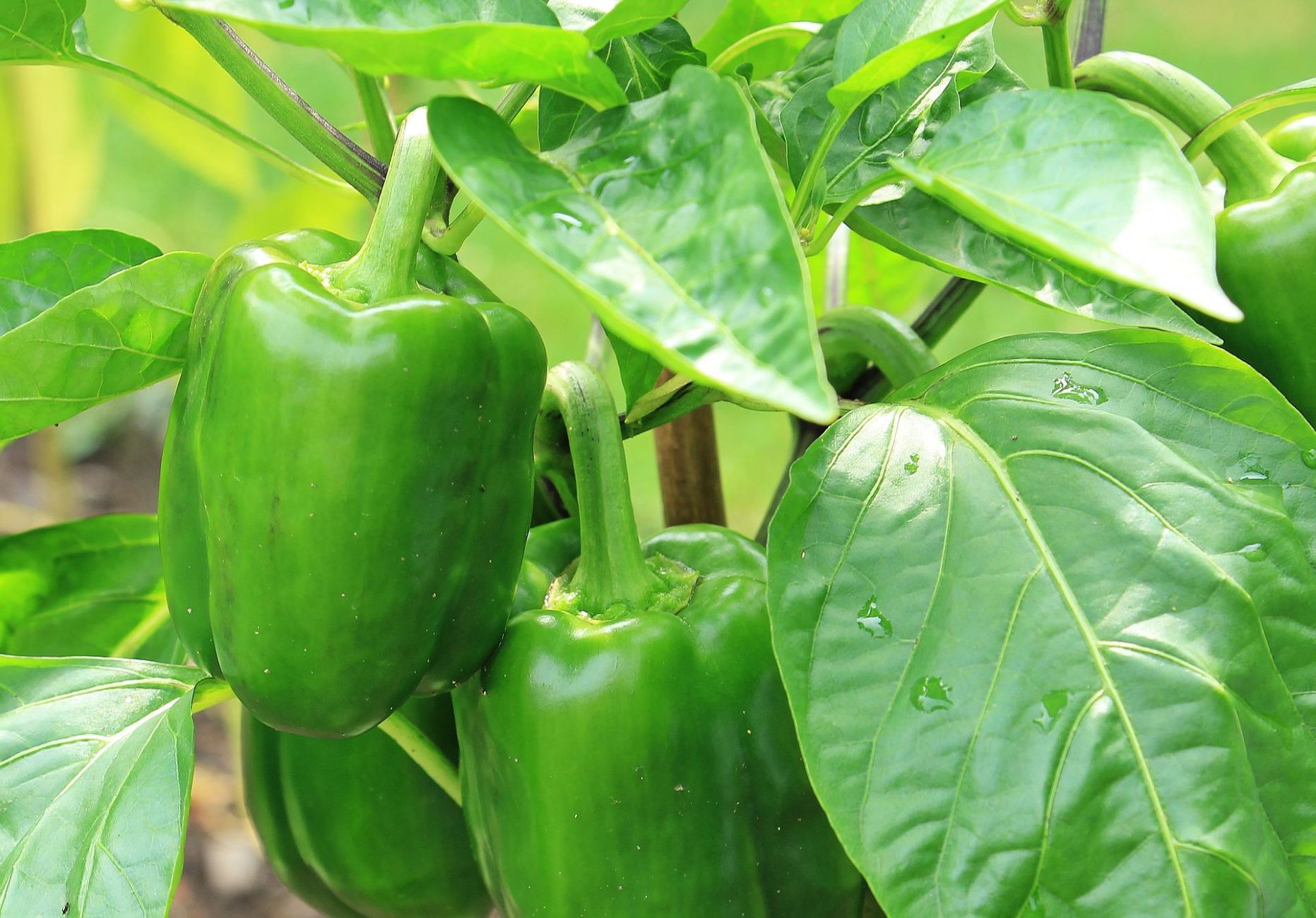
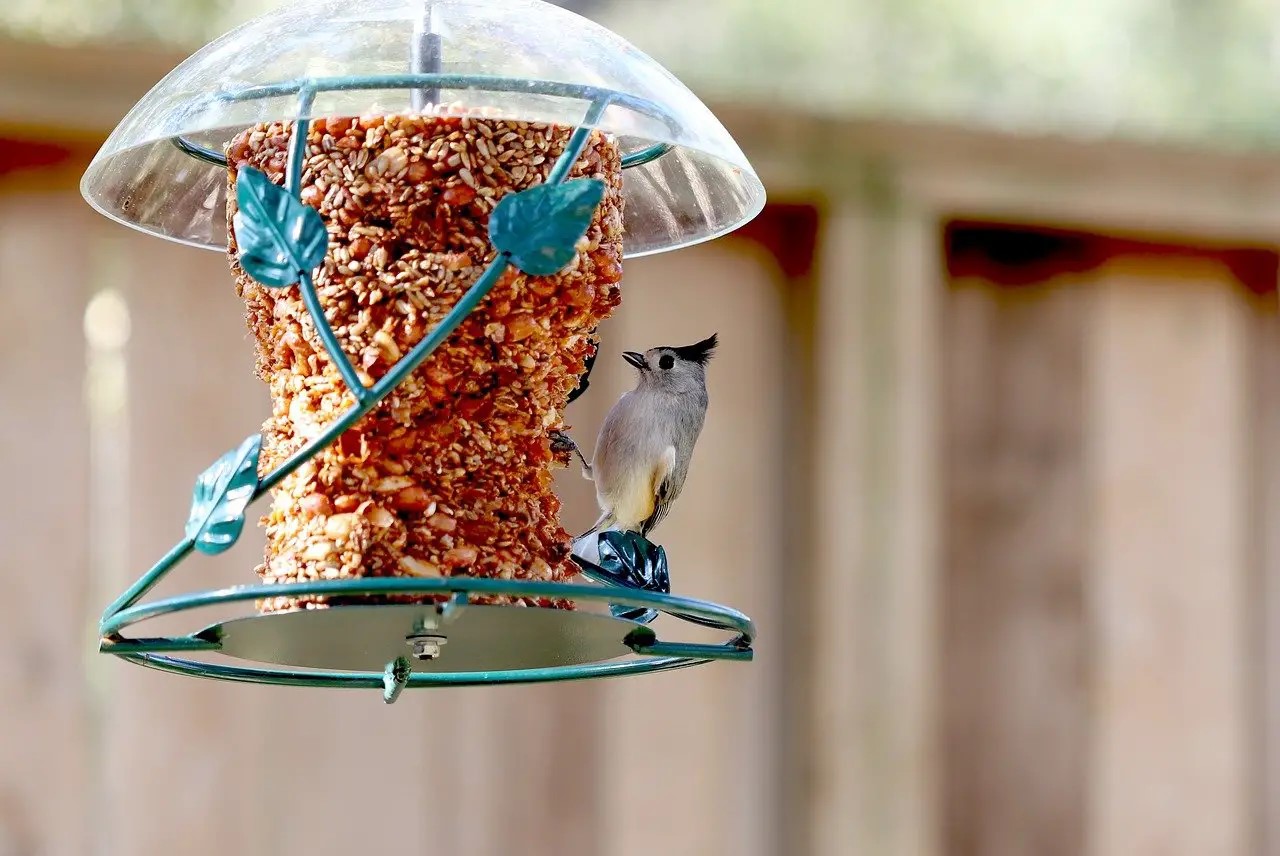
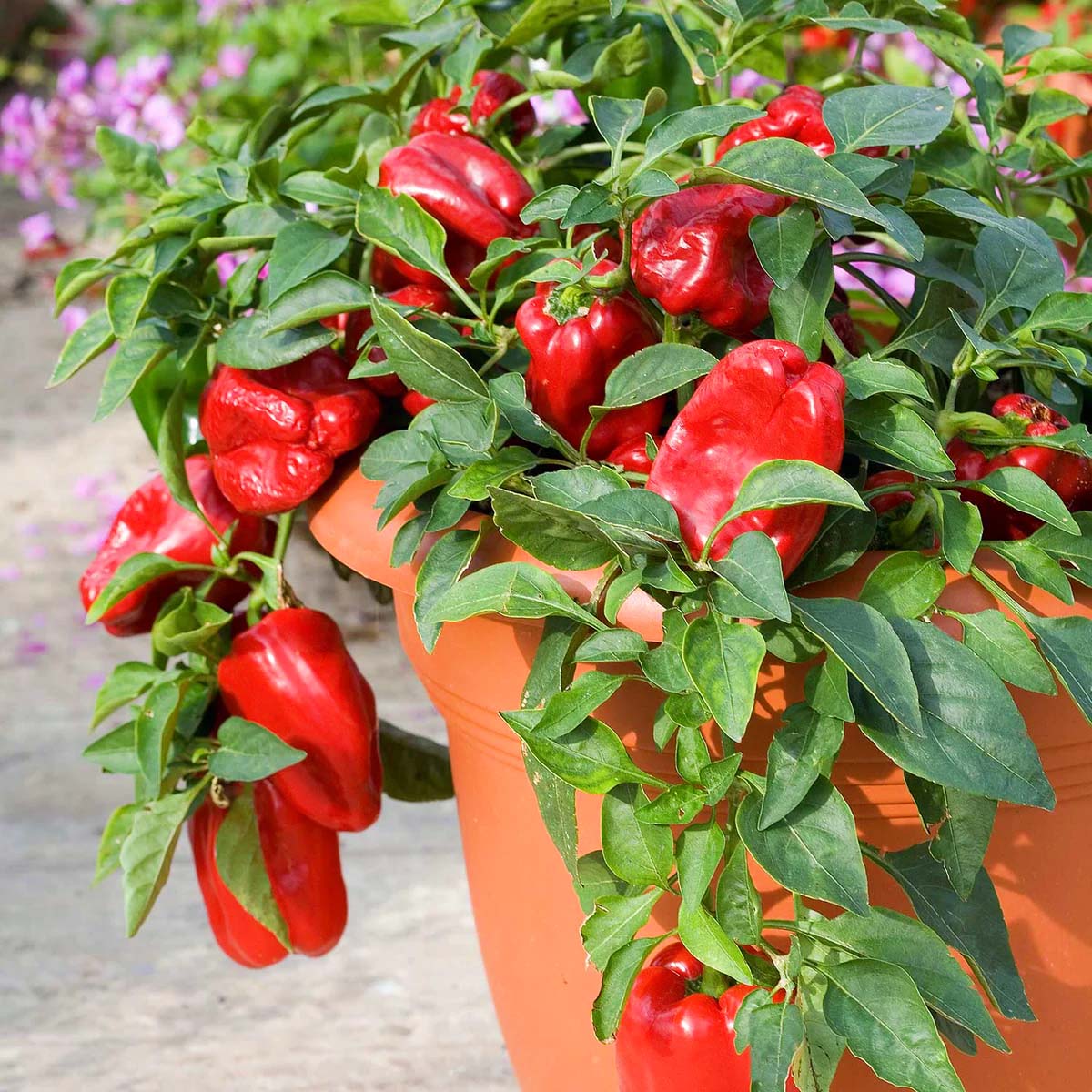

0 thoughts on “How To Grow Ghost Pepper Seeds”